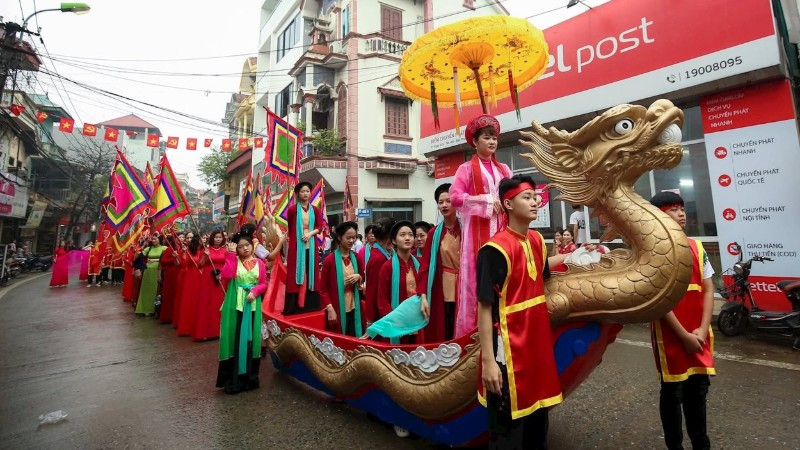
Procession in the Tong Goi Boat Cheo Singing Festival. (Photo: DAN PHUONG)
Summer comes, besides the games of childhood, many children in Dan Nhiem village (formerly Khanh Ha commune, Thuong Tin district, now Thuong Tin commune, Hanoi city) have a special passion that few people expect. That is learning and practicing the drum songs.
Journey of Resurrection
The singing class organized by the Khanh Ha Drum Singing Club attracts nearly 20 boys and girls. Every week, the children gather at the home of Meritorious Artist Nguyen Thi Diep to be taught. Listening to the children singing, Meritorious Artist Nguyen Thi Vay can't help but feel moved... because in her nearly 90 years of life, she thought there was a time when she would never see this scene again. Drum Singing is a traditional singing style in Dan Nhiem's hometown in particular, and Khanh Ha in general.
The elders said that in the past, especially on moonlit nights, boys and girls gathered to sing loudly along the Nhue River. When Mr. Vay was young, singing "Trong Quan" was still popular. It seemed that those songs would only temporarily subside when the country entered two resistance wars. Unexpectedly, when peace was restored and many heritages were revived, the songs gradually faded from the minds of the people of Khanh Ha.
It was not until 2008 that the Khanh Ha Drum Singing Club was established. At first, its activities were still in a rudimentary state... But step by step, the drum singing received attention from the local government and the cultural sector.
The club is supported with equipment and operating costs. The capital of artisan Nguyen Thi Vay is exploited and promoted. She not only teaches but is also invited to big stages to introduce and perform. There was a time when many people in Khanh Ha did not want their children to go to school, but now it is different. Meritorious artisan Nguyen Thi Vay said: "Recently, I am weak, my singing voice has deteriorated a lot, so I rarely teach children. But listening to them sing makes me very happy. The children are the future of singing drums. Now that the club is operating like this, I can rest assured and return to my ancestors."
Hanoi has 1,793 intangible cultural heritages, belonging to many types: performing arts, social customs and beliefs, traditional crafts, festivals, folk knowledge... Of which, performing arts and folk knowledge are the two groups of heritages most vulnerable to loss, because these types are easily affected by social context and concepts. Heritages such as: Cheo Tau singing in Tan Hoi, Do singing in Liep Tuyet, Trong Quan singing in Khanh Ha, Ai Lao singing and dancing, Da Chat slang... were all at one time at risk of disappearing due to lack of practitioners. However, Hanoi has now almost completely eliminated the list of intangible cultural heritages at risk of loss.
Just like Mrs. Nguyen Thi Vay, every time she teaches the children Cheo singing - a heritage believed to have existed since the 15th century - Meritorious Artist Ngo Thi Thu (Thuy Hoi village, O Dien commune, Hanoi city) is filled with indescribable emotions. She recalls the days of "picking up" the songs of Cheo singing in Tong Goi (the old name of Tan Hoi commune, now O Dien commune), "looking for" people to teach singing. There were times when she felt lonely, wondering how she could restore Cheo singing. The difficulty of Cheo singing was that in the past, every 25 years, a big singing festival was held, lasting for seven consecutive days, with many singing stages and many complicated melodies. The time of organization was so intermittent that people only witnessed it a few times in their entire lives. Searching for it in the memories of the elders is very difficult.
But fortunately, like Mrs. Thu’s family, many people listen to the folk songs, remember them, and then put them into their children’s lullabies, keeping them in their daily lives. Mrs. Thu and some people who love their homeland’s culture have to search for the remaining songs in the lullabies, then systematize them. Fortunately, the love of the artisans has met with suitable policies from the city and support from the government, and from there it has been revived.
“I could not imagine that from such “fragments”, we and the researchers have pieced together and gradually perfected songs of three types: Hat trinh (singing to worship the Saints), hat trao (while rowing a boat) and hat giao duyen to spread to everyone”, Meritorious Artist Ngo Thi Thu shared.
In early 2025, the Tong Goi Boat Cheo Singing Festival was honored to be listed as a National Intangible Cultural Heritage. This is a vivid testament to the journey of reviving a heritage from the risk of being lost to life. The happiest thing is that the Tan Hoi Boat Cheo Club has grown to 50-60 members. For each class, both the teaching artists and the students are supported financially. Every year, the Tan Hoi Boat Cheo Club is supported by the city with 20 million VND to maintain its operations. The same story happens with a series of other heritages in Hanoi.
Accompanying the artist
Currently, Ca Tru is still on the list of Intangible Cultural Heritage of Humanity in need of urgent protection. But that is the general situation of the whole country. In Hanoi, Ca Tru is developing rapidly, with 14 clubs, guilds, hundreds of practitioners and about 30 to 40 artisans capable of teaching. The fundamental difference is that Hanoi has built a systematic policy system to serve as a "support" for the process of reviving the heritage.
The Hanoi Department of Culture and Sports has reviewed the entire heritage system, made a list of heritages with unique values, heritages at risk of being lost or heritages that meet both of the above requirements to prioritize conservation work. Next, heritages on the priority list will receive investment support in terms of operating costs, teaching; organizations will coordinate with artisans to research, collect... to complete documents and then pass them on to the artisans themselves. Typical of these are heritages such as: Da Chat slang (Dai Xuyen commune), Xuan Thu mo-pulling festival (Da Phuc commune), Tan Hoi boat rowing (O Dien commune), Ngai Cau ca tru (Hoai Duc commune), Ai Lao singing and dancing (Viet Hung ward)...
However, the breakthrough in activities to preserve intangible cultural heritage must include Resolution No. 23/2022/NQ-HDND on regulations on treatment and support for People's Artists, Meritorious Artists, artisans and outstanding clubs in the field of intangible cultural heritage (Resolution 23) issued by the City People's Council in December 2022. Resolution 23 includes three main pillars: Support for artisans, support for clubs practicing heritage, support for teaching and practicing. This policy, combined with professional support activities of the Department of Culture and Sports, and specific local funding support, helps heritages to revive strongly.
To date, the Department of Culture and Sports has assessed 43 applications. Based on that, localities have decided to establish official clubs. Currently, dozens of clubs have met the requirements and received funding support for newly established clubs of 50 million VND/club, and for regular activities of 20 million VND/club per year.
Deputy Head of Heritage Management Department (Hanoi Department of Culture and Sports) Bui Thi Huong Thuy
Deputy Head of the Heritage Management Department (Hanoi Department of Culture and Sports) Bui Thi Huong Thuy said: “Supporting artisans only needs to be based on the list of awarded artisans and then applied, but supporting clubs is complicated because it must be based on Decree No. 45/2010/ND-CP of the Government regulating the organization, operation and management of associations. The Decree has very strict regulations on charters, headquarters, the Organizing Committee for establishment... and membership qualifications. Most of the previous clubs could not meet the requirements. We have coordinated with localities to “re-establish” clubs. To date, the Department of Culture and Sports has appraised 43 applications. On that basis, localities make decisions to officially establish clubs. Currently, dozens of clubs meet the requirements and receive support funding when newly established at 50 million VND/club, and regular activities at 20 million VND/club per year”. What makes the artisans most excited is that with the teaching and practice sessions to serve the performance activities, the artisans are all supported financially in addition to the monthly support.
Liep Tuyet Do singing (now in Kieu Phu commune) is a unique heritage, all the songs are aimed at praising Tan Vien Son Thanh. Liep Tuyet Do singing has gone through a process of "rebirth". People's Artist Nguyen Thi Lan also experienced many emotions in that journey. She excitedly said: "We artists have never received as much treatment as we do now. Although the treatment is not high, it is a great encouragement for us to continue the journey of preserving our heritage. Currently, I focus on training young children so that Liep Tuyet Do singing will have a successor generation in the future".
Hanoi is the Capital of Heritage. Wherever you go, artisans always have a love for heritage. But that is only half the problem. A suitable policy system that has been built and implemented has multiplied that love, creating a sustainable foundation for heritage to continue and be promoted.
Source: https://nhandan.vn/ha-noi-hoi-sinh-nhung-di-san-van-hoa-phi-vat-the-post891567.html



![[Photo] General Secretary To Lam presides over the welcoming ceremony for First Secretary and President of Cuba Miguel Diaz-Canel Bermudez](https://vphoto.vietnam.vn/thumb/1200x675/vietnam/resource/IMAGE/2025/9/1/4f6ef5136b90463db3ebdd3d3d83ebe4)
![[Photo] President Luong Cuong receives Chairman of the House of Representatives (Lower House) of the Republic of Belarus Igor Sergeyenko](https://vphoto.vietnam.vn/thumb/1200x675/vietnam/resource/IMAGE/2025/9/1/a67d61e41405410999a43db45a0ba29c)
![[Photo] General Secretary To Lam holds talks with First Secretary and President of the Republic of Cuba Miguel Diaz-Canel Bermudez](https://vphoto.vietnam.vn/thumb/1200x675/vietnam/resource/IMAGE/2025/9/1/a2eab2ee4e4a4a81a8c605e46055ab78)
![[Photo] The first meeting of the Cooperation Committee between the National Assembly of Vietnam and the National People's Congress of China](https://vphoto.vietnam.vn/thumb/1200x675/vietnam/resource/IMAGE/2025/8/31/f5ed4def2e8f48e1a69b31464d355e12)

![[Photo] Marching together in the hearts of the people](https://vphoto.vietnam.vn/thumb/1200x675/vietnam/resource/IMAGE/2025/8/31/8b778f9202e54a60919734e6f1d938c3)
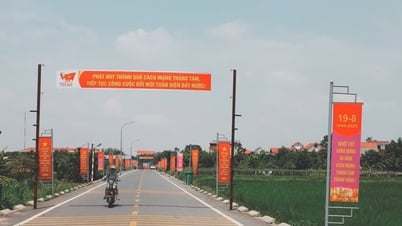



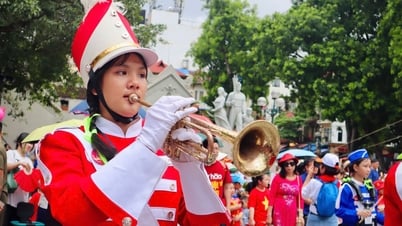




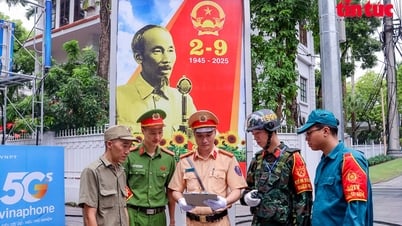

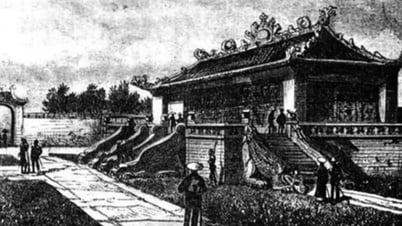

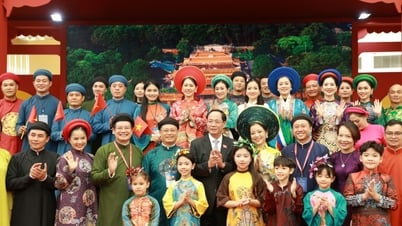


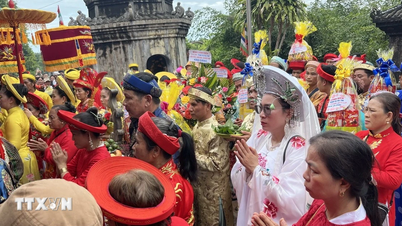

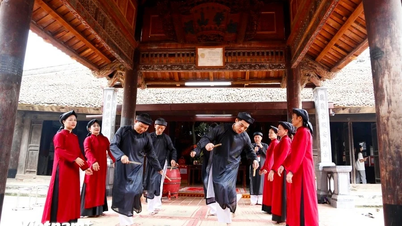
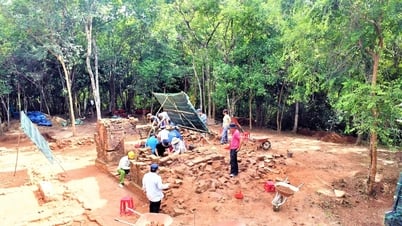





![[Photo] President Luong Cuong receives Chairman of the House of Representatives (Lower House) of the Republic of Belarus Igor Sergeyenko](https://vphoto.vietnam.vn/thumb/402x226/vietnam/resource/IMAGE/2025/9/1/a67d61e41405410999a43db45a0ba29c)
![[Photo] General Secretary To Lam holds talks with First Secretary and President of the Republic of Cuba Miguel Diaz-Canel Bermudez](https://vphoto.vietnam.vn/thumb/402x226/vietnam/resource/IMAGE/2025/9/1/a2eab2ee4e4a4a81a8c605e46055ab78)
![[Photo] General Secretary To Lam presides over the welcoming ceremony for First Secretary and President of Cuba Miguel Diaz-Canel Bermudez](https://vphoto.vietnam.vn/thumb/402x226/vietnam/resource/IMAGE/2025/9/1/4f6ef5136b90463db3ebdd3d3d83ebe4)
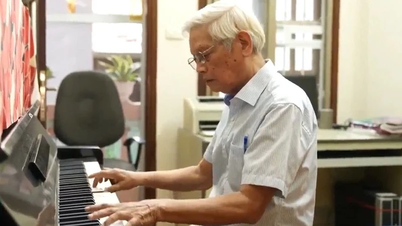
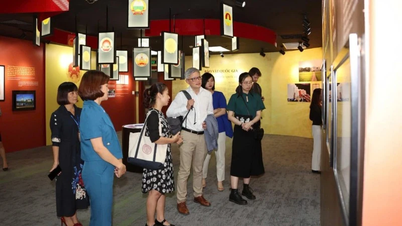
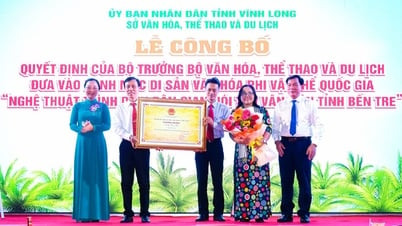

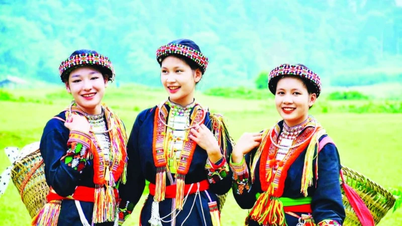
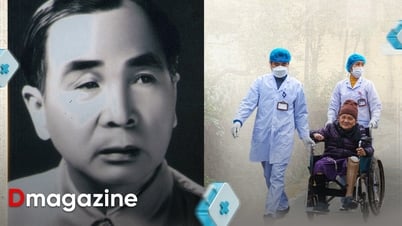

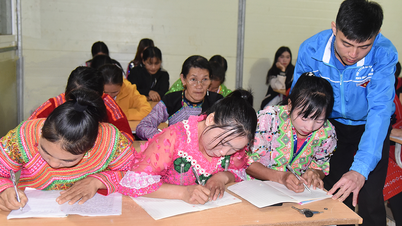



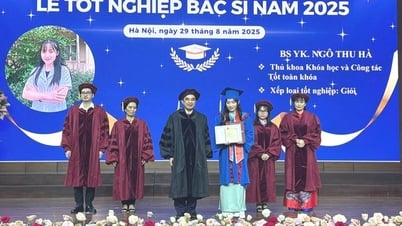








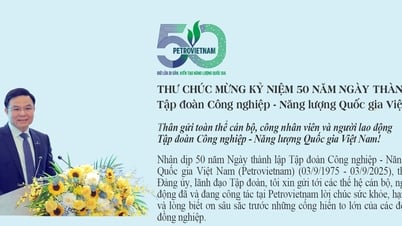
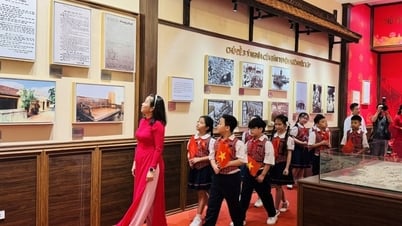

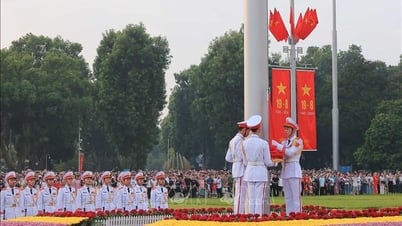





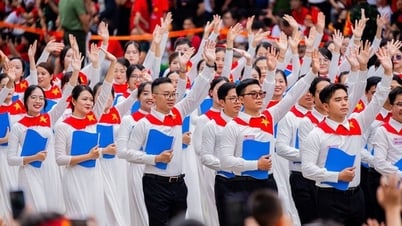
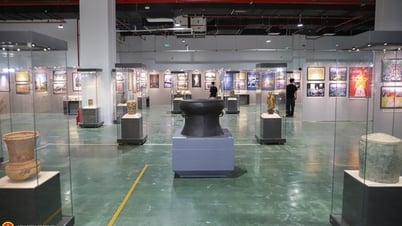

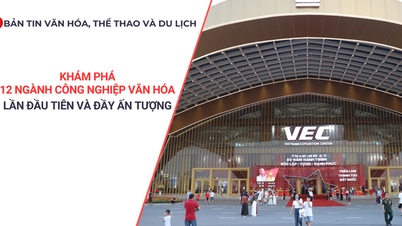


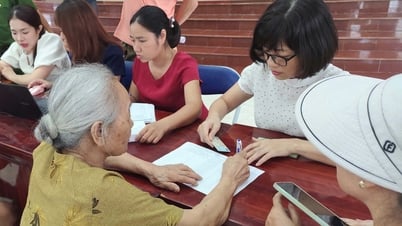





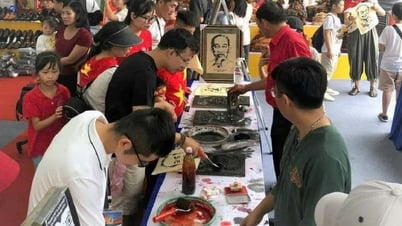
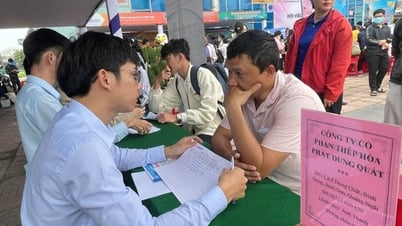
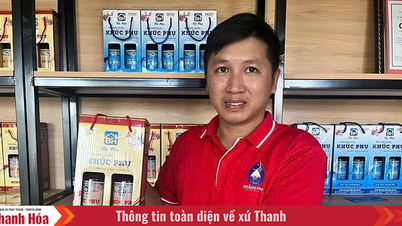



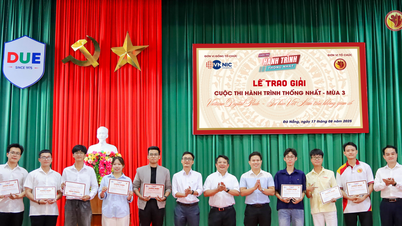

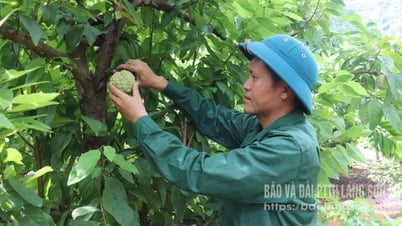

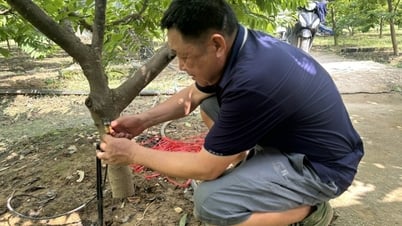
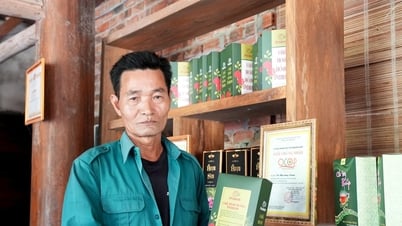


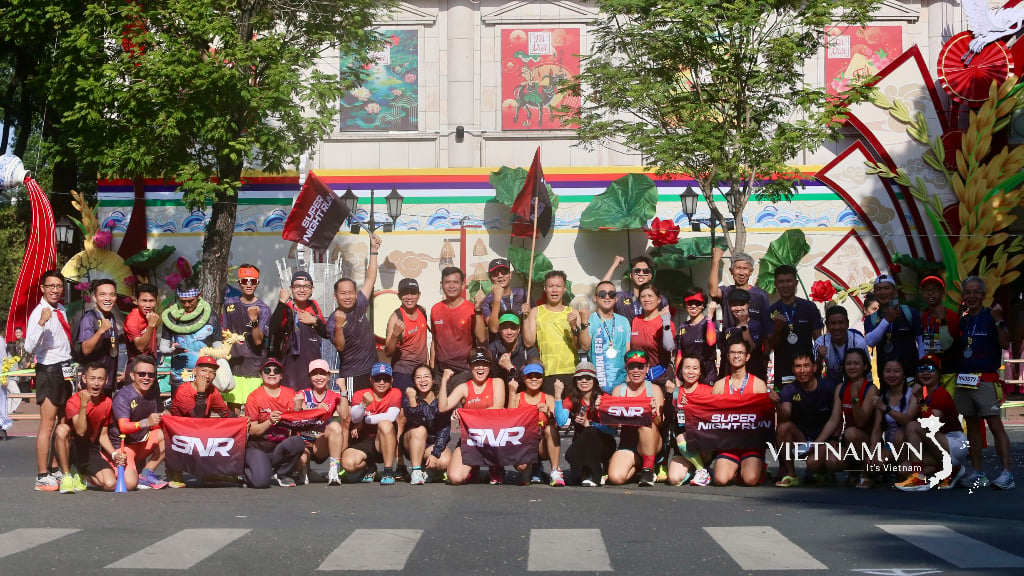
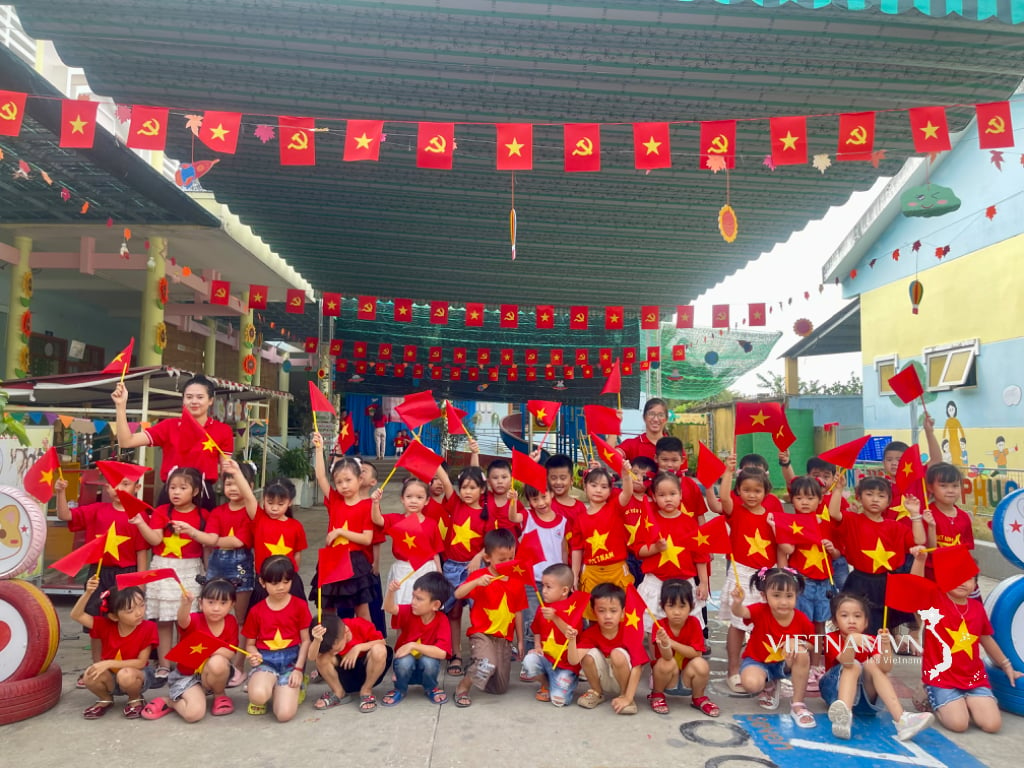
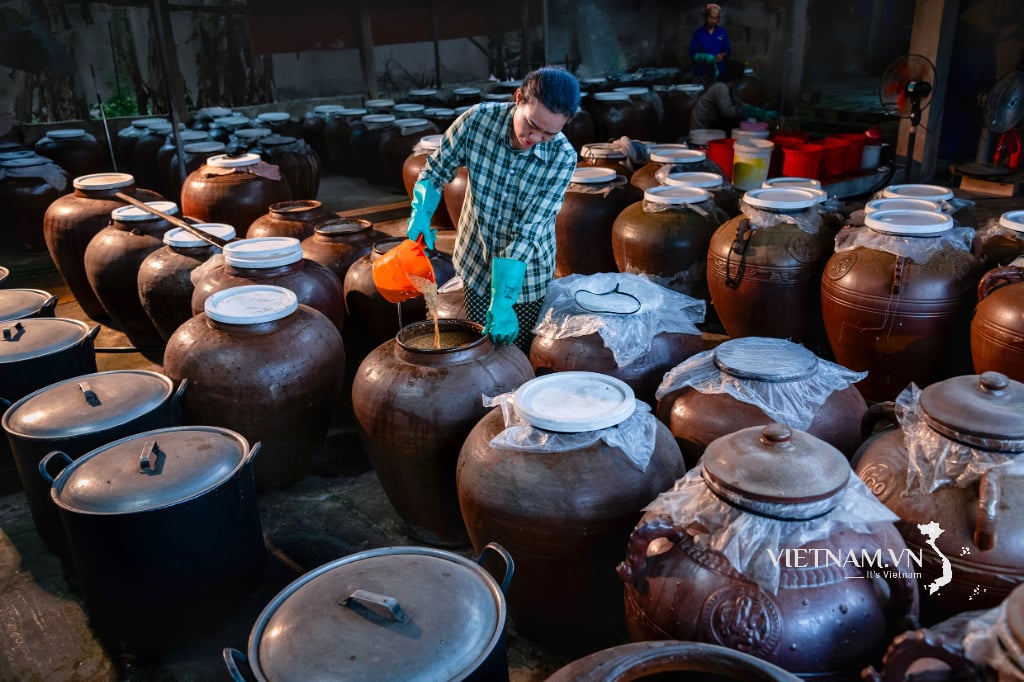
Comment (0)